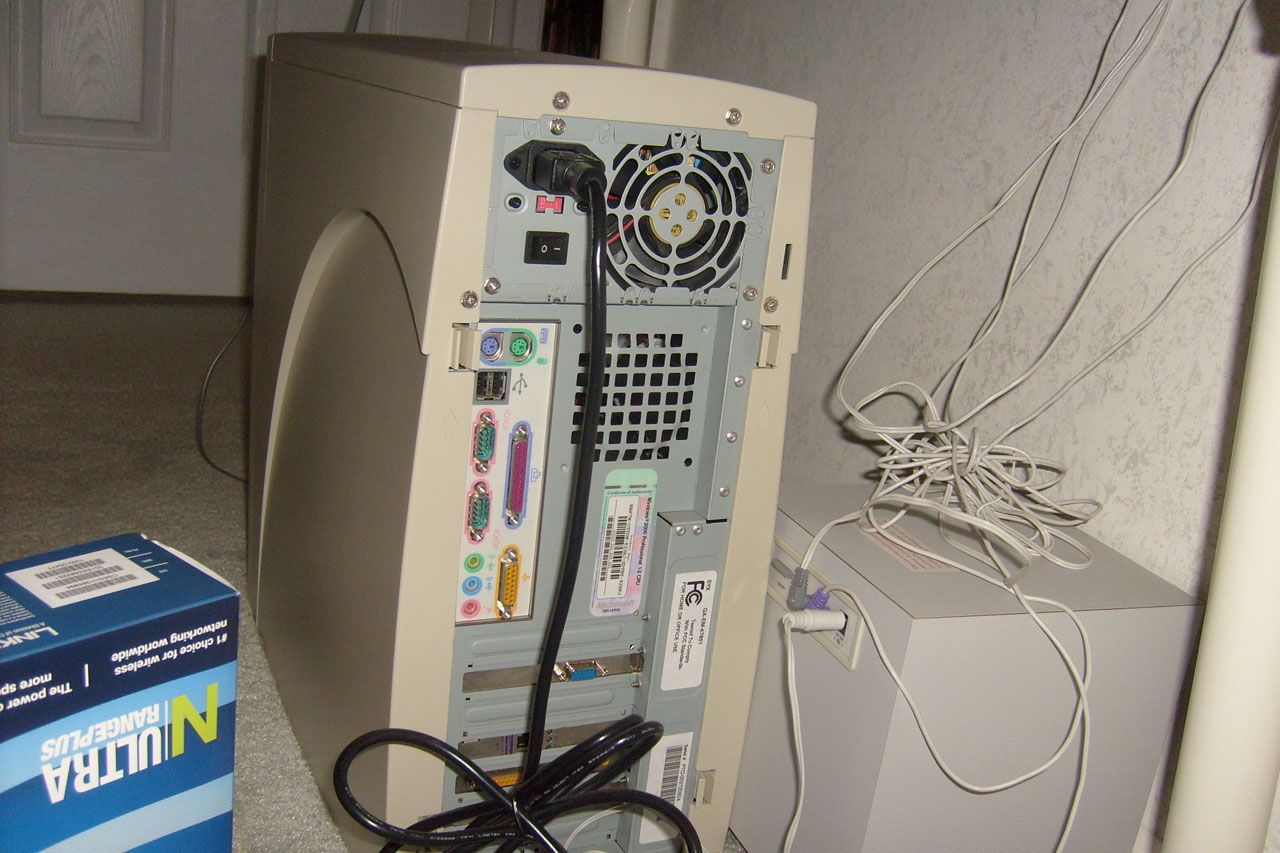 (This came up when I typed “computer” into DuckDuckGo’s public domain search)
(This came up when I typed “computer” into DuckDuckGo’s public domain search)
Since finishing my PhD thesis (which will be available in open access soon, touch wood), I have been trying to more towards a more flexible, portable, robust, and ultimately more long-term sustainable writing workflow, away from Microsoft Office. Given that I would already be learning a new set of software, I decided to try things beyond just MS Office alternatives, with a few requirements:
This is all done on a Windows laptop, and earlier I was hoping to create some sort of “digital typewriter” using a Raspberry Pi and a Vim-based workflow, however supply issues have made the most lightweight Raspberry Pis challenging to get a hold of, so I have paused that project until I can find another microcomputer, with a low energy use overhead being a priority.
I have landed on the following:
Writing: Vim - in production since 1991, Vim is the plaintext editor par excellence, with Markdown syntax highlighting, incredibly lightweight, and highly, highly customisable, with obscure features like being able to load multiple languages into spellcheck at once. It is largely driven by keyboard shortcuts, which are intuitive once you’ve learnt them—but the first few days of learning it involved following an internal tutorial and then lots of googling for “vim how to [thing]”. It also has no spellcheck for CJK languages, which is ironically a blessing for working with Classical Chinese as it doesn’t get caught up on contemporary Chinese compound words, but a problem for extended Japanese writing. However software can display CJK characters fine. Vim can display multiple files at once, but with a huge advantage for translation projects over Word: you can synchronise those windows so that moving up/down in one moves you up/down in the other. This means I can easily hold up an original language source document and a target language document without losing my place.
Shell: PowerShell - Vim is command line (although the default software package comes with a GUI front end). PowerShell is an open source offering from Microsoft that goes beyond the built-in Windows command prompt. Not perfect (I am still hunting for a terminal that supports non-monospace fonts), but highly customisable and so I have been able to create a crisp cream background, black foreground set up with a serif font that allows me to comfortably write for extended periods of time.
Hosting: blot - A $4/month software-and-hosting service (the software is open source for free, but I pay for hosting) that this website runs on. Blot simply creates a folder that is synchronised (through Git, Dropbox, or Google Drive) with your files, and essentially: anything in the folder, unless marked as otherwise or placed in a “Drafts” folder, gets turned into a post or a page. Designed for blogs and portfolios, this works beautifully - it takes many different file formats, and all I have to do is write in Markdown and blot handles the rest. Support for citations and footnotes are included. I synchronise with blot through Dropbox, which is not ideal as it is a commercial service, and I may migrate to Git, but I was using Dropbox for cloud backups of written pieces anyway, so it was not a loss of privacy to keep files within that service.
Bibliography Management - BibTeX via JabRef - BibTeX is a plaintext bibliography format, that can be plugged very easily into Markdown and blot. Zotero was great for the thesis, with a very fast Microsoft Word plugin. However, I now need Markdown integration - so I exported my Zotero library to a BibTeX file, and then created a new empty library for blot. I have been dragging-and-dropping citations from the Zotero library to the blank one using JabRef, which has enabled me to create a small, streamlined library, without losing any of my quite bulky collection of citations gathered in Zotero. JabRef is quick to use, but I have found myself editing BibTeX files directly when I need to make quick changes: no waiting on Zotero to load, searching in a GUI, then clicking into boxes to type - instead just a small series of very fast keyboard shortcuts (thanks Vim!).
This has taken me some time to set up, but is highly portable once I am able to switch my writing workflow to a low-energy microcomputing setup: my Vim settings are all stored in one file that can be transferred over, I can use Git to publish to blot if Dropbox’s command line front end is too bulky, BibTeX is literally just a file that lists books, etc.
Most of my current computer usage is Mastodon, LingQ, Vim editing, and reading PDFs. Paradox games remain a creeping spectre of timesink possibility over my life, but my current hobby of calligraphy has kept them at bay for now.
 Esperanto and Buddhism, Yamaguti Sin’iti (2016)
Esperanto and Buddhism, Yamaguti Sin’iti (2016)
 Note: Using LingQ for Learning Classical Chinese
Note: Using LingQ for Learning Classical Chinese